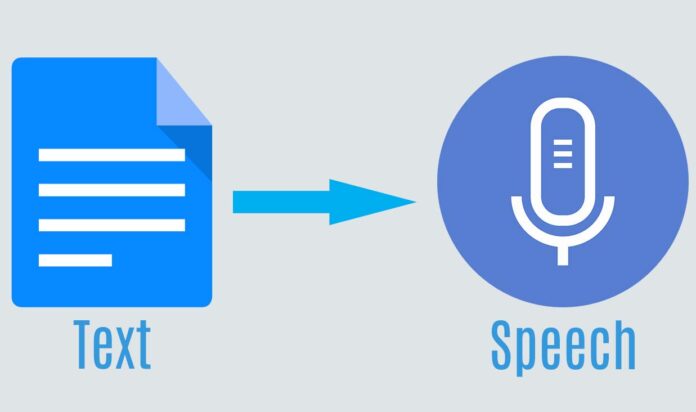Text-to-speech (TTS) technology has made strides in years, enabling devices and applications to convert written text into spoken words. This advancement has greatly enhanced information accessibility and provided benefits to users, particularly those with visual impairments or reading challenges. Nonetheless, as with any technology, there are concerns surrounding its implementation. One key area of concern revolves around the bias in TTS systems. In this blog post, we will examine the implications associated with bias in TTS and explore strategies for mitigating these concerns.
Understanding Bias in TTS
TTS systems are developed using deep learning algorithms that learn from sets of training data. While this approach has resulted in progress within TTS technology, it also introduces the possibility of biases. Bias can arise from the data employed for training the system as the algorithms and methodologies utilized during the training process. When selecting the best text-to-speech API, it is crucial to consider not only the technical capabilities but also the potential biases embedded in the training data and algorithms to ensure a fair and inclusive output.
Potential biases within TTS systems can manifest in ways. For instance, a TTS system might struggle with pronouncing words or names that are less commonly used or non-English. It may encounter difficulties when processing accents or dialects that deviate from what’s considered standard within the training data context. Moreover, TTS systems can exhibit biases related to gender, race, and cultural backgrounds, which can result in disparities in how information is interpreted and delivered.
Ethical Considerations
The existence of bias in TTS systems raises concerns. Firstly, biased TTS systems have the potential to perpetuate stereotypes and reinforce discrimination. When certain words or accents are consistently mispronounced, it can marginalize individuals whose identities are associated with those words or accents. Consequently, this may lead to feelings of exclusion. Contribute to inequalities.
Secondly, biased TTS systems can contribute to misinformation and inaccuracies. If a TTS system frequently mispronounces or misinterprets words, it can distort the understanding of the conveyed information. This poses a risk for users relying on TTS for news consumption, educational content, or even voice assistants, as they might need to be more knowledgeable about misleading information.
Lastly, bias within TTS systems can result in a lack of inclusivity. People with disabilities or reading difficulties rely on TTS technology as a tool for accessing information. However, when the system fails to represent their voices or struggles to comprehend their needs, it hinders its potential for inclusivity.
Addressing Bias in TTS
To mitigate these concerns effectively, it is crucial to identify and rectify bias within TTS systems. Here are some strategies that can be helpful in achieving this goal;
- Emphasize Diverse Training Data: It is crucial to ensure that the training data used in developing text-to-speech (TTS) systems is diverse and represents a range of sources. By incorporating data from languages, accents, genders, and cultural backgrounds, we can minimize biases.
- Continuously Monitor and Gather User Feedback: Regularly monitoring TTS systems for bias and actively seeking user feedback is vital. By engaging with users, developers can identify biases, address inaccuracies, and continuously improve the overall performance of the system.
- Foster Explainability: Making the training process and underlying algorithms of TTS systems explainable helps reveal any biases present. This transparency allows for scrutiny and promotes accountability during the development process.
- Conduct Regular Bias Audits: Implementing bias audits on TTS systems helps identify and address any hidden biases that may exist. These audits should involve a range of stakeholders, including experts in language, culture, and inclusivity, to ensure an evaluation.
- Enable User Personalization: Offering options for user personalization enhances inclusivity while mitigating biases. Allowing users to customize their TTS experience by adjusting pronunciation or voice characteristics addresses preferences and reduces potential biases.
- Embrace Diversity: Collaborating and embracing diversity within development teams is crucial when building inclusive text-to-speech (TTS) systems. To mitigate biases from the start, it is important to involve individuals with backgrounds, experiences, and perspectives.
In conclusion, text-to-speech technology has the potential to greatly enhance accessibility and provide opportunities for people with impairments or reading difficulties. However, it’s essential to address biases in TTS systems as they can perpetuate inequalities, spread misinformation, and hinder inclusivity. By implementing strategies like utilizing training data continuously, monitoring for bias, promoting transparency, and personalizing user experiences, we can ensure that TTS systems align closely with ethical considerations. This approach allows us to harness the power of TTS technology while fostering inclusiveness, fairness, and accuracy.





